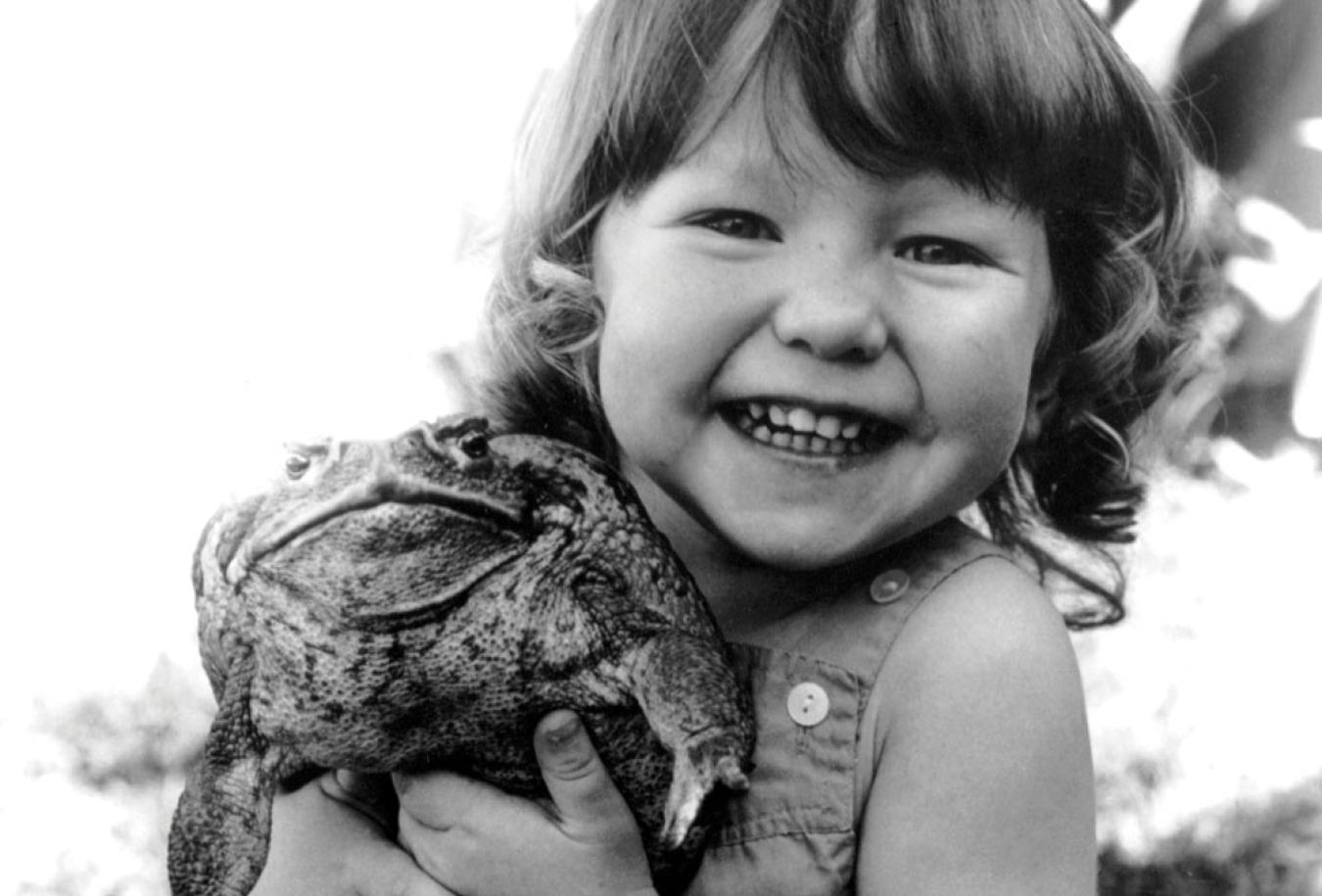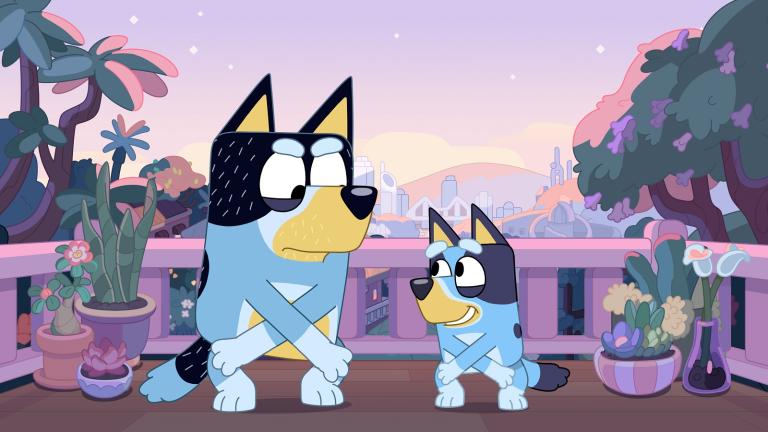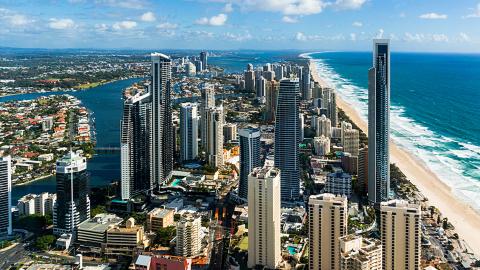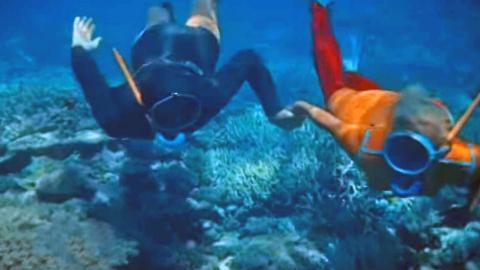

Brisbane Time Capsule
Brisbane Time Capsule
Sunny, vibrant Brisbane is the capital of Queensland and Australia's third largest city.
Set on the Brisbane River (Maiwar) the city of Brisbane (Meanjin/Mianjin) is on Yuggera Country (also written as Jagera).
Explore the region's history from its volcanic formation 60 million years ago to the traditional custodians, the Turrbal people.
This curated collection also includes historic footage from 1899 and the end of the Second World War, to the 1982 Commonwealth Games, Expo 88, South Bank, the history of the Ekka, State of Origin at Lang Park, trams, trains, floods and even a tornado.
WARNING: this collection contains names, images or voices of deceased Aboriginal and Torres Strait Islander people.

The National Film and Sound Archive of Australia acknowledges Australia’s Aboriginal and Torres Strait Islander peoples as the Traditional Custodians of the land on which we work and live and gives respect to their Elders both past and present.


